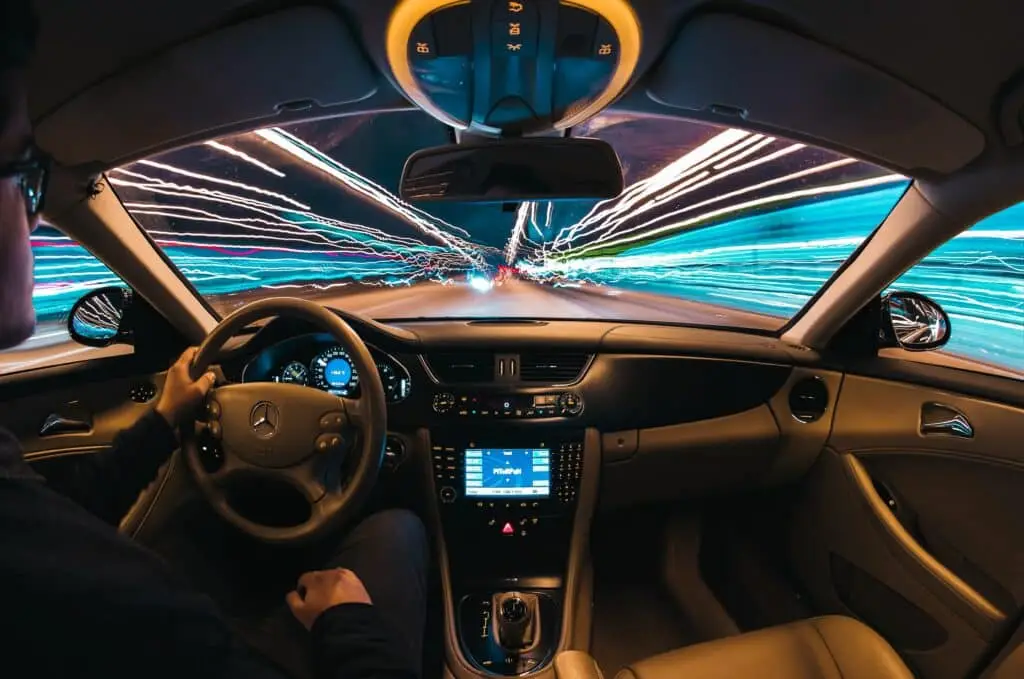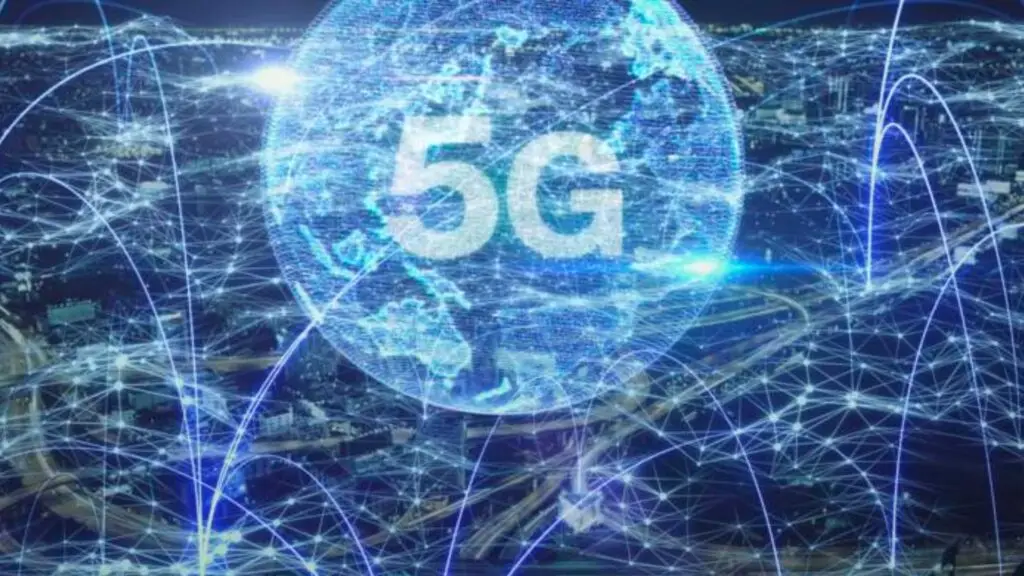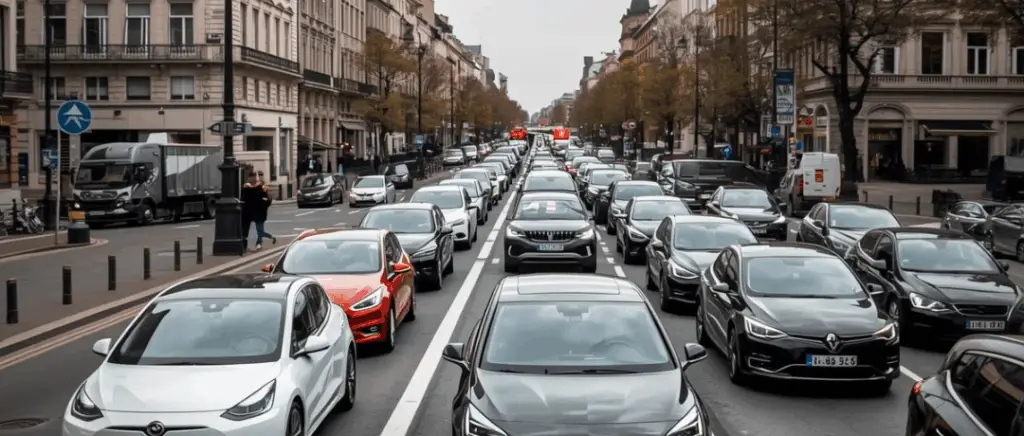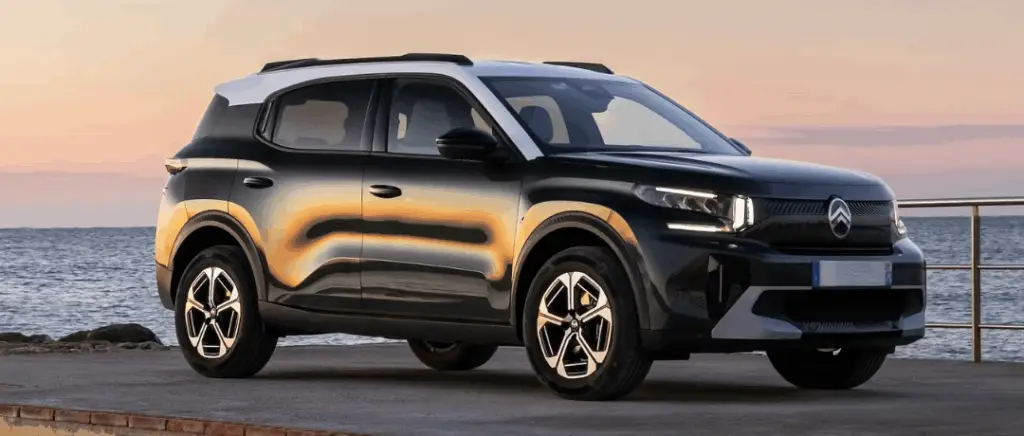Discover several models of electric vehicles that can be delivered quickly!
What is a connected car?
A connected car is a vehicle that allows the exchange of data and information. In plain English, a connected vehicle is one that is directly connected to the internet, either via a SIM card integrated into the dashboard, or via the occupants' mobile phones.
The connected car is actually much more widespread than you might think. In fact, by 2020, an estimated 80% of vehicles will be connected.
What is 5G?
The 5G network is the next generation of mobile networks, enabling much faster data exchanges between users and connected objects. The speed of this network will enable many connected objects to develop in our daily lives, including autonomous cars and autonomous vehicles, which will be increasingly present. This new network will be a major element in the world of the Internet of Things.
What is the purpose of the connected car?
The connected car will help you in your daily life in a number of ways, depending on its degree of connectivity:
- Intra-connectivity The connectivity remains in the vehicle, with Bluetooth and real-time driving analysis.
For example, monitoring fuel consumption or eco-driving to display the recommended gearshift at the right moment.
- Extra-connectivity This refers to the links made with the outside world, via GPS coordinates etc., and enables an organisation to receive information about the car, the number of kilometres driven, etc. This can be useful if you take out pay-as-you-drive insurance, for example, to track the number of kilometres driven more easily. This can be useful if you take out mileage-based insurance, for example, to track the number of kilometres you drive more easily.
- Interconnectivity : the highest degree of connectivity, but be careful not to confuse connected car and autonomous car. Here, data is exchanged in both directions, to the benefit of all drivers of a connected vehicle.
Here are a few examples:
- Real-time traffic information helps you avoid traffic jams by suggesting an alternative route.
- Community GPS systems: these allow you to be warned of any dangers on the road, signalled by drivers in front of you on the road.
- GPS anti-theft device: a GPS beacon hidden in the car that enables you to locate it in the event of theft and even disable the engine in some vehicles.

The future of the connected car: the autonomous car
Some people often confuse the two, but in reality they are very different. An autonomous vehicle, as its name suggests, can take the place of its driver, and therefore drive itself. Once again, there are several degrees of autonomy.autonomy for these vehicles, but they are all at the maximum level of connectivity. Let's take a look at the different levels.
Level 0: the driver remains in full control of the vehicle
The vehicle is connected, so it will inform the driver of weather changes, traffic jams, etc., but the vehicle is totally controlled by the driver.
Level 1: the driver is assisted by the vehicle
The vehicle will warn the driver of certain dangers. For example, if the driver crosses a lane or fails to keep a safe distance. On certain models, the vehicle can briefly regain control in the event of an accident.
Level 2: partial driving automation
In this level, the vehicle is capable of managing all the automated functions of level 1 and combining them. For example, to change lanes on the motorway, all you have to do is put on your indicator and the vehicle will move by analysing the space and the other vehicles around it. Despite this, the driver must always be attentive and able to regain control of the vehicle.
Level 3: conditioned automation
In certain conditions, when the journey is on long straight lines, and weather conditions permitting, the vehicle can navigate on its own and without any help from the driver, it will be able to accelerate, avoid obstacles and manoeuvre its trajectory correctly. However, at this level, the driver must always remain vigilant and be able to regain control of the vehicle if the environment no longer allows autonomous driving.
Level 4: advanced automation
À At this level, the driver can freely do other things, which is an improvement on level 3. The vehicle is not permanently autonomous, but when it is, the driver does not need to be alert to the road. Driver intervention is required only rarely, and if the driver is unable to regain control of the vehicle, it will find a safe place to park.
Level 5: Total automation
For level 5The vehicle is able to steer itself in all situations, even the most extreme. The steering wheel has disappeared from the passenger compartment, and passengers simply need to enter their destination address to be driven there.
Monday to Friday
9am - 12.30pm - 2pm - 7pm
Safety in autonomous and connected cars
Connected and autonomous vehicles collect data on our movements, our daily journeys and our habits. But will this data really be secure? Will manufacturers use it for resale? Also, in a high-level autonomous vehicle, wouldn't a hacker be able to get into the vehicle's system to control it? Let's take a quick look at what we know and don't know about autonomous and connected vehicles, and their safety.
For several years now, manufacturers and official bodies have been working to make these vehicles secure, so as not to leave any doors open to ill-intentioned people who could steal personal data or worse. Today, for example, the CNIL is working on the "Connected Vehicle Compliance Pack" to protect consumers.
The challenge for carmakers and telecoms operators will be to focus on cyber-security so that hackers cannot gain access to vital vehicle functions such as the engine and brakes.
What other changes will 5G bring to the road?
The arrival of connected and autonomous vehicles and 5G will revolutionise our daily lives. Your autonomous car, for example, will be able to communicate with red lights, so that it can regulate its speed and avoid having to stop at a red light, thereby improving traffic flow. Other examples of changes include automating the opening of your gate and garage door when your car arrives, and communication between vehicles so that they can adapt their speed. In short, all traffic will be smoothed by autonomous cars and the objects with which they exchange information.
In conclusion
To sum up, 5G and the democratisation of autonomous and connected cars will change the whole way we drive and travel. In the near future, the road will become a safer place for pedestrians and drivers alike. The future will tell whether this technology will be as reliable as is being promised today, and whether all the players in the market will be able to play their part in this revolution.
































